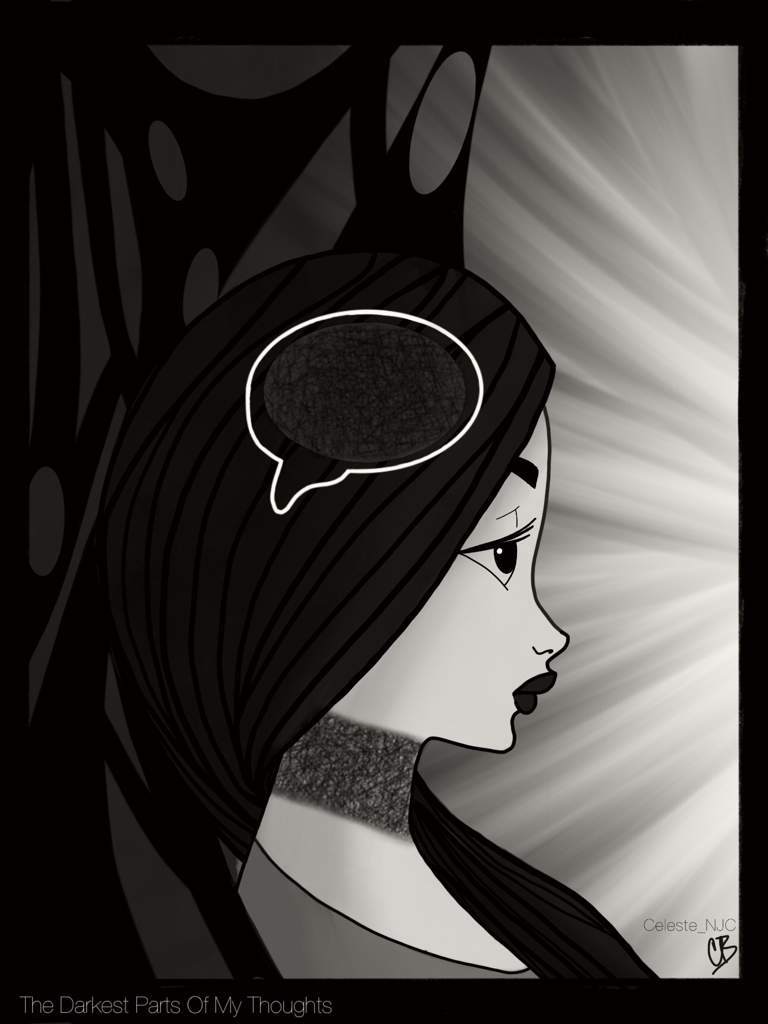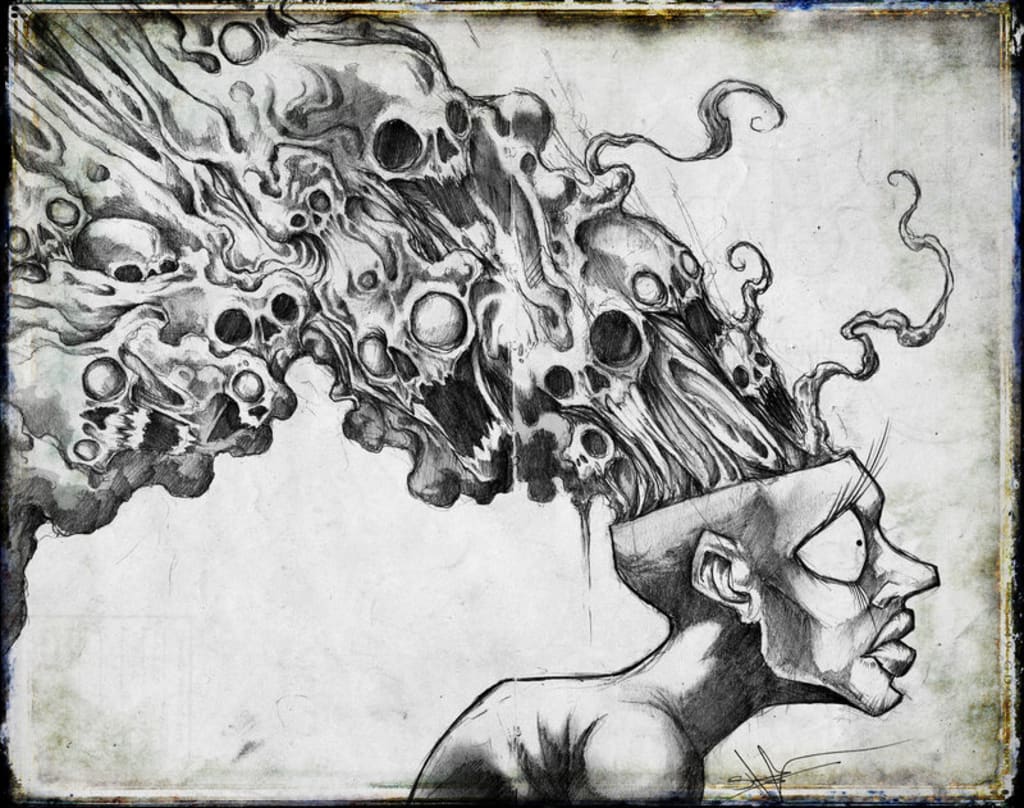

“Feeling alone is common for people with BPD-so common that it’s a criterion (chronic feelings of emptiness) for the disorder. Related: Top 7 Skills For Coping With BPD ħ. “Enhancing your control over your triggers is one component of managing and growing beyond your BPD.” – Daniel J. To challenge and change them, you have to shine a light on them.” – Daniel J. But they’re weakened by evidence that shows they’re inaccurate. They cause you to believe you’re broken, useless, worthless, empty, and inept, among other things. “Dysfunctional beliefs live by untruths and thrive in the dark-the unchallenged and unexplored parts of your BPD. “Controlling your emotional buttons is very empowering, and taking this skill forward with you is important because you’re going to continue to encounter situations that will challenge and stress you.” – Daniel J. It’s equally important to realize that it neither dictates who you are nor fixes your destiny.” ― Kimberlee RothĤ. “Certainly, it’s important to acknowledge and identify the effects of BPD on your life. The danger in believing that they have been intentionally hurtful is that you might do things that worsen the relationship to the point that they won’t want to spend any time with you in the future.” – Blaise Aguirre & Gillian Galenģ. “If you have BPD, seeing the close friends in your life drift away and not seem to have time for you can feel so painful that it can seem as though you have lost them forever. Stimulate a passion, and the borderline emotionally bleeds to death.” ― Jerold Kreisman, Hal StrausĢ. “A borderline suffers a kind of emotional hemophilia he lacks the clotting mechanism needed to moderate spurts of feeling. Transient, stress-related paranoid ideation or severe dissociative symptoms.” BPD Quotesġ. Inappropriate, intense anger or difficulty controlling anger (e.g., frequent displays of temper, constant anger, recurrent physical fights).ĩ. Affective instability due to a marked reactivity of mood (e.g., intense episodic dysphoria, irritability, or anxiety usually lasting a few hours and only rarely more than a few days).Ĩ.

Recurrent suicidal behavior, gestures, or threats, or self-mutilating behavior.Ħ. (Note: Do not include suicidal or selfmutilating behavior covered in Criterion 5.)ĥ.

Impulsivity in at least two areas that are potentially self-damaging (e.g., spending, sex, substance abuse, reckless driving, binge eating). Identity disturbance: markedly and persistently unstable self-image or sense of self.Ĥ. A pattern of unstable and intense interpersonal relationships characterized by alternating between extremes of idealization and devaluation.ģ.

(Note: Do not include suicidal or self-mutilating behavior covered in Criterion 5.)Ģ. Frantic efforts to avoid real or imagined abandonment. The DSM-5-TR defines Borderline Personality Disorder (BPD) as “A pervasive pattern of instability of interpersonal relationships, self-image, and affects, and marked impulsivity, beginning by early adulthood and present in a variety of contexts, as indicated by five (or more) of the following:ġ.
#Bpd dark thoughts manual#
The Diagnostic and Statistical Manual of Mental Disorders, Fifth Edition, Text Revision (DSM-5-TR) is the standard reference that therapists of all specialties use to diagnose mental disorders of all kinds. This means that, at zero cost to you, I will earn an affiliate commission if you click through the link and finalize a purchase. Disclosure: Some of the links below are affiliate links.


 0 kommentar(er)
0 kommentar(er)
